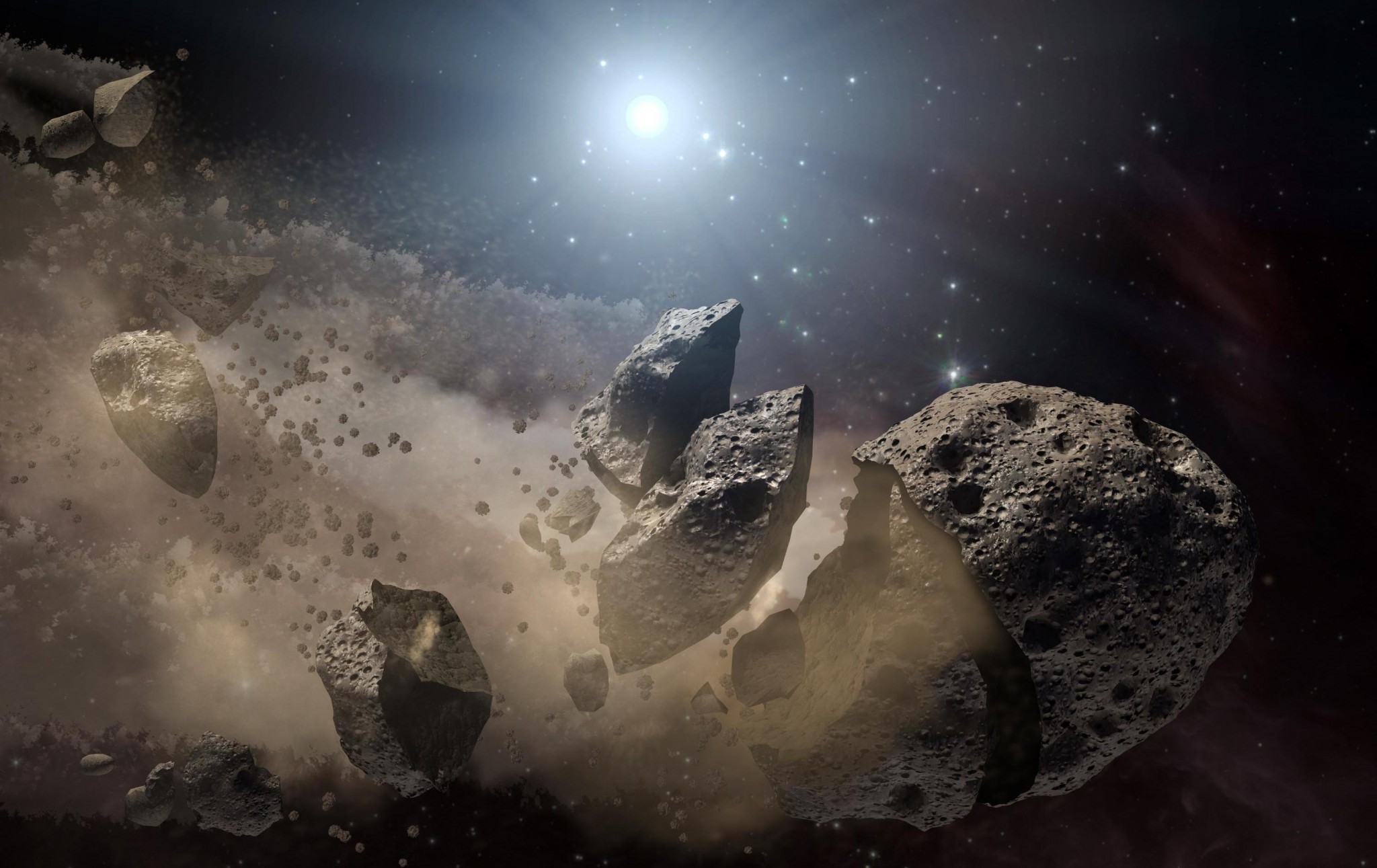WASHINGTON: Astronomers have identified the oldest known asteroid family, which extends throughout the inner region of the main asteroid belt, using a new search technique.
The main belt contains vast numbers of irregularly shaped asteroids, also known as planetesimals, orbiting the Sun between Mars and Jupiter.
As improved telescope technology finds smaller and more distant asteroids, astronomers at Southwest Research Institute (SwRI) in the US identified clusters of similar- looking bodies clumped in analogous orbits.
These familial objects are likely fragments of catastrophic collisions between larger asteroids eons ago, researchers said.
Finding and studying asteroid families allows scientists to better understand the history of main belt asteroids.
“By identifying all the families in the main belt, we can figure out which asteroids have been formed by collisions and which might be some of the original members of the asteroid belt,” said SwRI astronomer Kevin Walsh.
“We identified all known families and their members and discovered a gigantic void in the main belt, populated by only a handful of asteroids,” said Walsh, a coauthor of the research published in the journal Science.
“These relics must be part of the original asteroid belt. That is the real prize, to know what the main belt looked like just after it formed,” he said.
Identifying the very oldest asteroid families, those billions of years old, is challenging, because over time, a family spreads out, researchers said.
As asteroids rotate in orbit around the Sun, their surfaces heat up during the day and cool down at night. This creates radiation that can act as a sort of mini-thruster, causing asteroids to drift widely over time.
After billions of years, family members would be almost impossible to identify, until now.
The team used a novel technique, searching asteroid data from the inner region of the belt for old, dispersed families. They looked for the “edges” of families, those fragments that have drifted the furthest.
“Each family member drifts away from the centre of the family in a way that depends on its size, with small guys drifting faster and further than the larger guys,” said team leader Marco Delbo, an astronomer from the Observatory of Cote d’Azur in Nice, France.
“If you look for correlations of size and distance, you can see the shapes of old families,” said Delbo.
“The family we identified has no name, because it is not clear which asteroid is the parent,” Walsh said.
“This family is so old that it appears to have formed over 4 billion years ago, before the gas giants in the outer solar system moved into their current orbits,” he said.
The team plans to apply this new technique to the entire asteroid belt to reveal more about the history of the solar system by identifying the primordial asteroids versus fragments of collisions. (AGENCIES)


